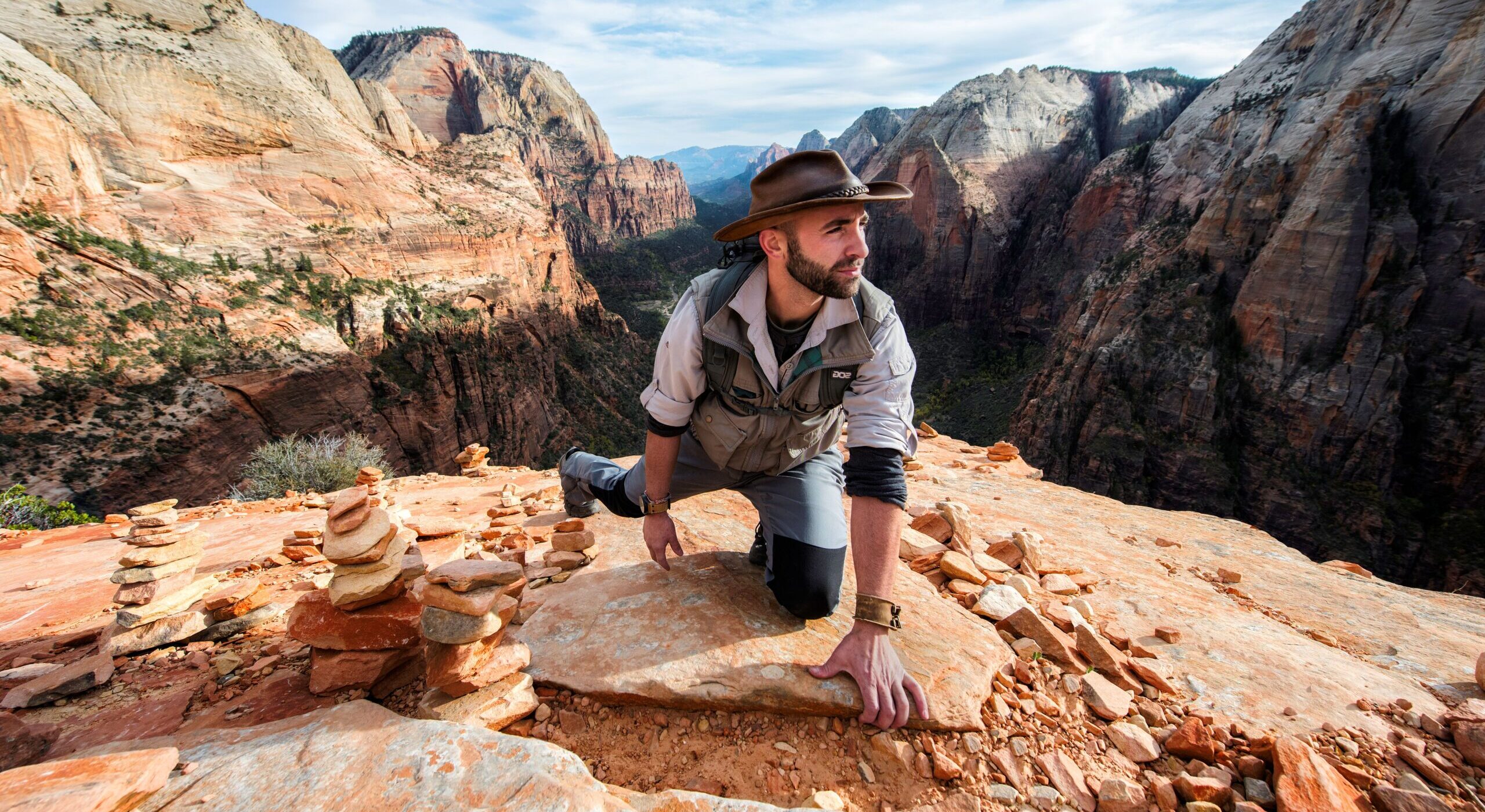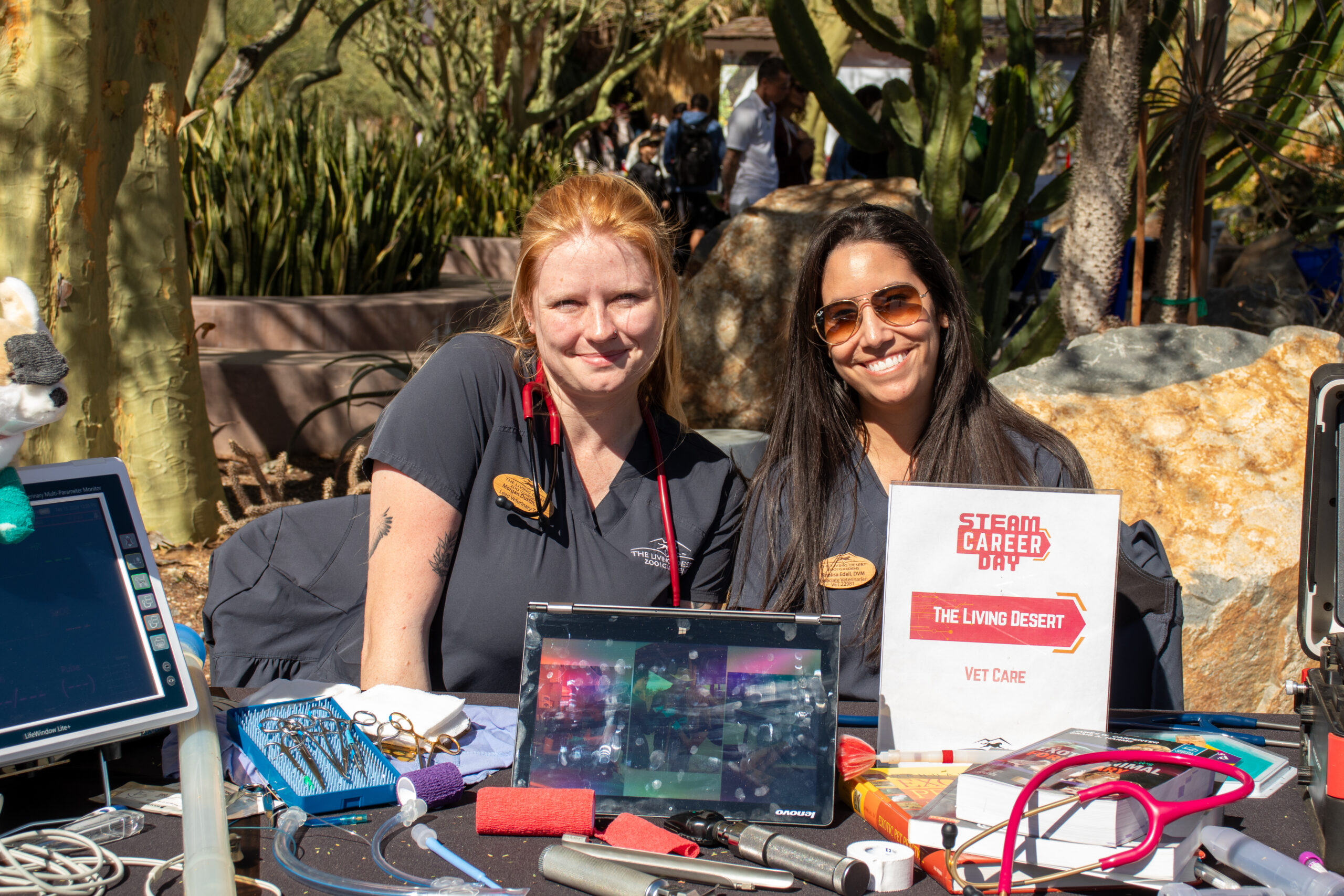As this season of gratitude approaches each year, we all pause to reflect on what we are most grateful for. At The Living Desert Zoo and Gardens, we are incredibly grateful to our community of supporters like you and our global collaborators, all year long. This season, we would like to take the opportunity to highlight a few of those partners who help us drive our conservation efforts forward to ensure a bright future for deserts around the world — because conservation is not an individual mission but must be a collaborative effort.
Protecting Ikh Nart Nature Reserve
Our innovative collaboration with the Mongolian Conservation Initiative (MCI), is headed by long-time leader Gana Wingard. Gana spends half of the year with us at The Living Desert and the other half in Mongolia, coordinating an exchanging of teams throughout the year. This partnership with the MCI allows us to implement a holistic approach to conservation in the Gobi Desert steppe ecosystem of southeastern Mongolia to ensure both nature and humans thrive.
The vital role of desert steppe grassland ecosystems cannot be overstated. These ecosystems help to protect globally important biodiversity, play a critical role in mitigation and adaptation to climate change, and directly support the livelihoods of many human communities. Unfortunately, they are also one of the most threatened ecosystems on Earth due to the ease of conversion for human agricultural use. This is especially true in Mongolia, where nearly 70% of grasslands have been degraded due to increased drought, expansion of mining, and overgrazing.
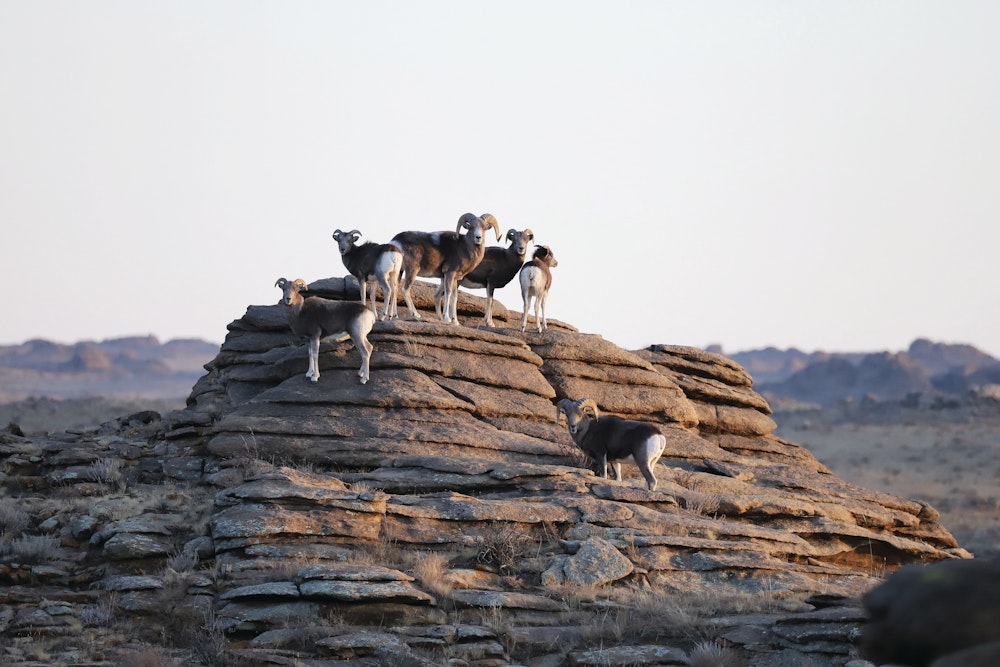
The Ikh Nart Nature Reserve encompasses 160,000 acres of critical grassland steppe and desert ecosystems on the northern edge of the Mongolian Gobi Desert. Within this space, the Reserve protects an essential pasture for 150 nomadic herding families as well as many native animals, including 40 mammal species, 200 bird species, and 7 reptile species. The combined holistic approach to conservation that our partnership with the MCI provides will amplify and extend our combined efforts to implement public outreach and community- based conservation work in Ikh Nart Nature Reserve, Mongolia.
Saving Rhinos
The Black Mambas Anti-Poaching Unit (BMAPU) is a group of unarmed, female-only rangers based in south Africa that address the issue of wildlife poaching, particularly with rhinos, through a unique two-pronged approach. Balule is where the BMAPU works to prevent illegal hunting. In the Game Reserve, they have dramatically reduced poaching since they began working there by deterring poaching and removing snares.
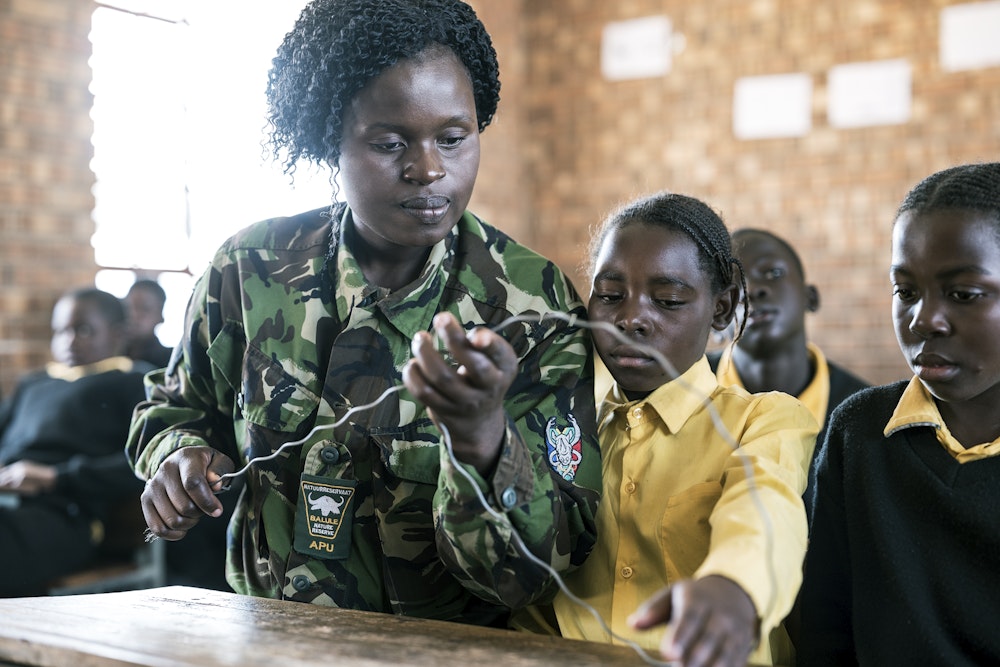
These women are hired from local communities, which provides economic opportunities in areas with high unemployment and allows the women to serve as role models to promote behavior change in their communities. In conjunction, their sister program, The Bush Babies Environmental Education Program works with schools in these communities, teaching children about the importance of conservation and the ways in which poaching affects them.
This model moves away from fortress conservation and focuses on attitude and behavior change through community engagement. The Living Desert partners with Transfrontier Africa to support these programs through workshops, funding, and by conducting research on the social impacts of the programs’ outreach. Based on The Living Desert’s 2018 study that indicated pro-conservation social impacts from the Bush Babies program, the program was expanded to three additional communities and new Black Mambas women were hired from those communities. Researchers at The Living Desert completed a follow-up study in 2022 which indicated that Transfrontier Africa would benefit from expanding outreach efforts even further and identified areas of concern within the communities that can be targeted moving forward. The Living Desert is honored to continue our support of this transformative project into the future.
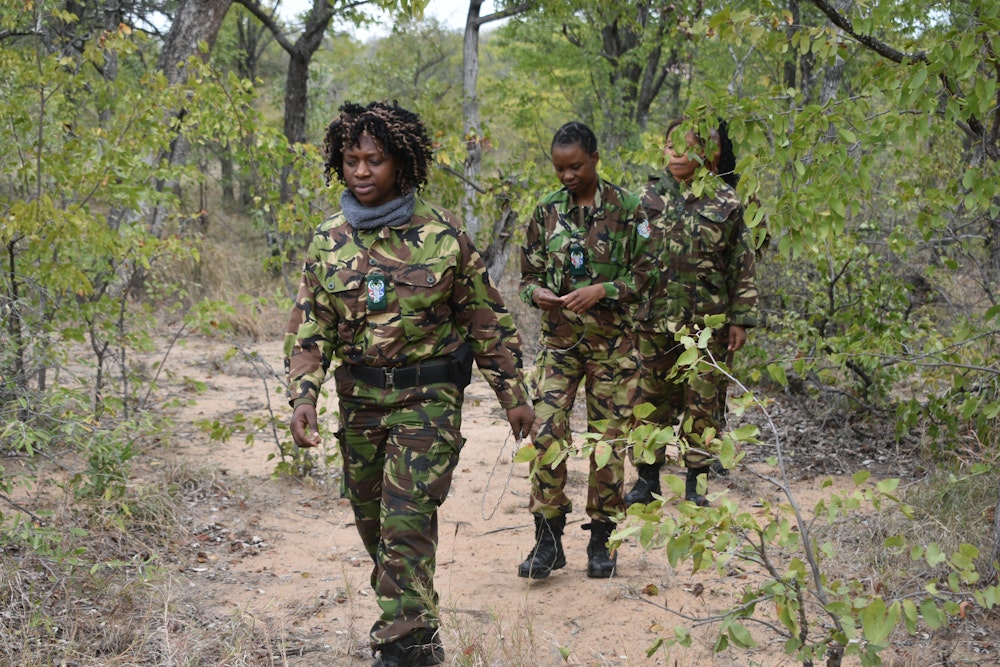
You can learn more about Transfrontier Africa and their missions here.
Bringing Back the Pronghorn
Our partnership with the Peninsular Pronghorn Recovery Program in Mexico was forged with the hopes of re-creating a Peninsular Pronghorn population in its natural habitat of Southern California in the Anza Borrego Desert State Park area. In Mexico, the Peninsular pronghorn have dramatically expanded in population size, and we are in discussions of bringing some to the United States to hopefully reintroduce this subspecies into western San Diego County.
Sonoran pronghorn, aptly nicknamed the ‘desert ghost’ because of its elusive nature, is the other subspecies that was once important part of the California desert ecosystem. Sadly, these two subspecies of pronghorn that were originally native to Southern California have since become extinct due to hunting and habitat loss. Some populations have survived in northern Mexico and Arizona, and our goal is to reintroduce Sonoran pronghorn from stable populations in Arizona to the Eastern side of the Salton Sea area to repopulate the California desert.

Before pronghorn can be brought to either area of California, the landscape where the pronghorn could live must be assessed for suitability. The Living Desert is one of the leaders of this recovery effort by setting the stage for their return, working at the Chuckwalla Bench — a spectacular landscape and biodiversity hotspot located in the Colorado Desert — to survey existing water sources, identify potential dangers, and map where the best habitat exists for the Sonoran pronghorn potential reintroduction. Gathering this assessment data will help to secure a future for this unique species in California. Together with the Peninsular Pronghorn Recovery Program in Mexico, we are looking forward to what the future holds for these two incredible subspecies.
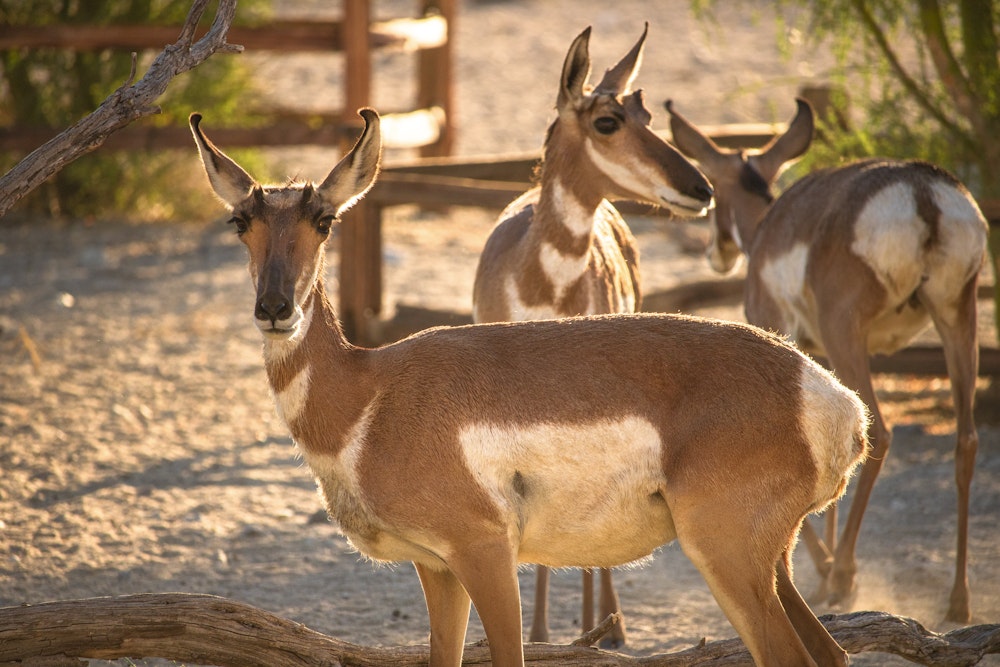
Defending Wildlife by Uniting Communities
Our Conservation team teamed up with Imvelo Safari Lodges this past July for the second Building Community Conservation Success (BCCS) near Hwange National Park in Zimbabwe. This workshop hosted students from Lupane State University (LSU) that conducted community outreach to help mitigate human-wildlife conflict (HWC) in the Tsholotsho Communal Lands.
Imvelo understands the importance of local community support in the long-term success of wildlife conservation and works extensively with local communities to provide economic and educational benefits, response to human-wildlife conflict, and access to clean water and health care. In addition, Imvelo spearheaded the Community Rhino Conservation Initiative (CRCI) which involved re-introducing white rhinos in a sanctuary on communal land that acts as a buffer zone between Hwange National Park and nearby communities.
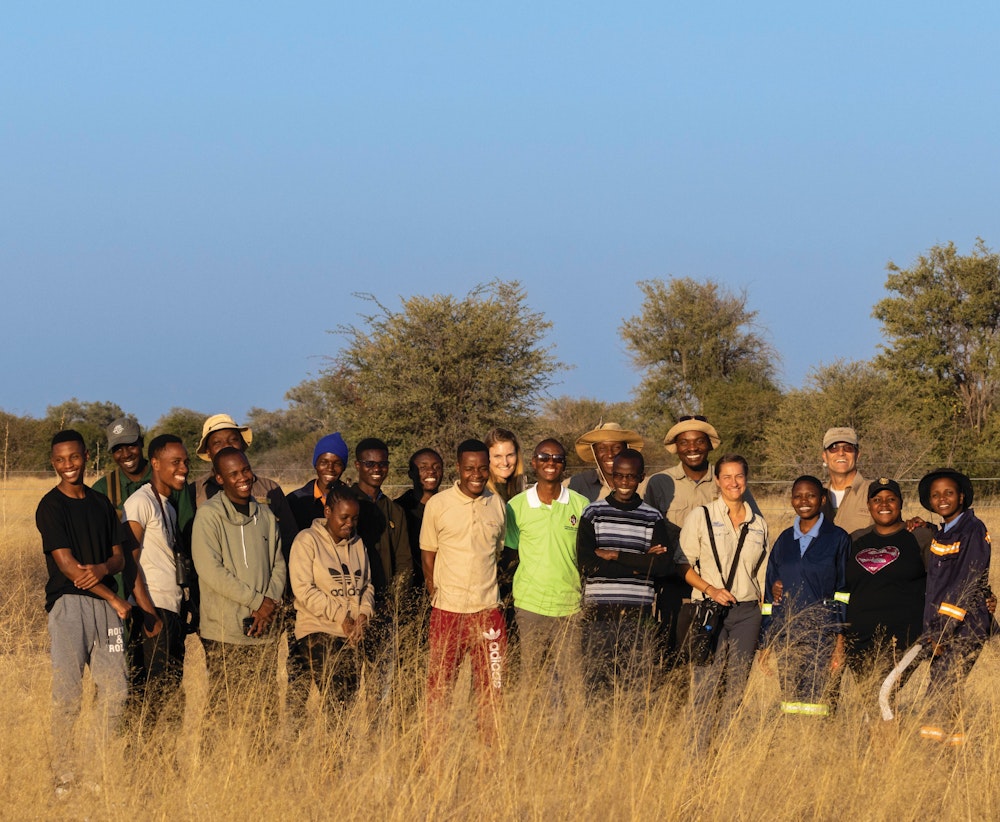
Over the course of the workshop this summer, students ventured out to three of what are considered the “front-line communities” outside of Hwange National Park to conduct a series of interviews with the locals in the aims to better understand the nature of human-wildlife conflict and other important needs in these communities. With the valuable knowledge acquired from these surveys, our partners at Imvelo Lodges have proposed a lodge within the community which would provide a significant income source, an increase of jobs for locals, and will hopefully result in the expansion of the Community Rhino Conservation Initiative.
The initial collaboration between The Living Desert, Imvelo Safari Lodges, Lupane State University, and the leadership of the Tsholotsho Communal Land was a remarkable success, and we all hope to expand such efforts in the future!
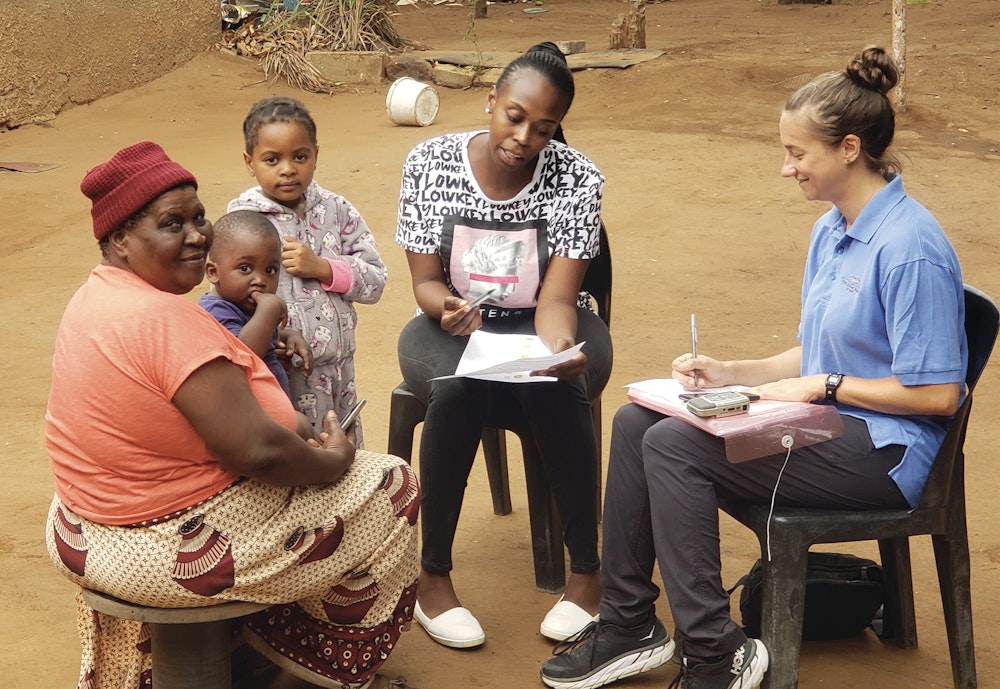
Conservation efforts must have the support of their communities — and for this reason, our final “thank you” we would like to extend is to you, reader. Together, with your support, we are creating a better future for desert wildlife and preserving wild places for generations to come. We are incredibly grateful for your partnership; we couldn’t do it without you!
